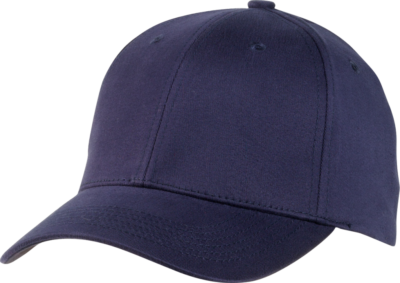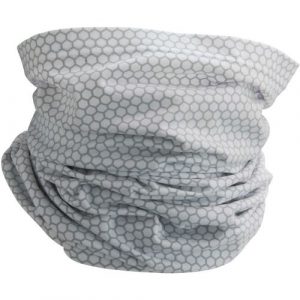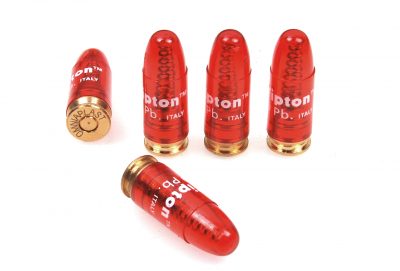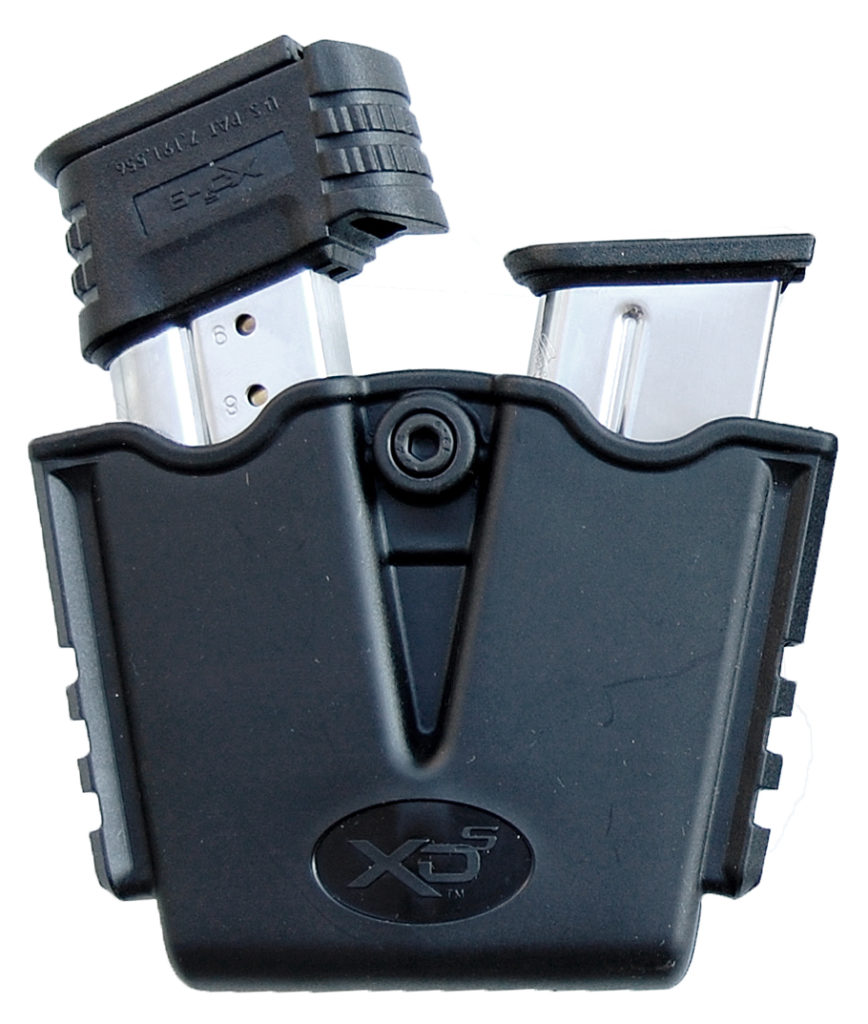Headed for training? Excellent! Whether you’re doing formal training or just running some drills at the range, there are few necessities to bring with you. I’m not talking about the obvious ones such as eye and ear protection, a gun, holster and target ammo.
Instead, I want to add a couple items that will protect your eyes and skin, make you surprised and have to think while shooting, make the whole training session easier, and provide more costly but essential practice with ammunition. Here are my top five pieces of training gear.
1. Baseball Cap
It’s not just for protecting your eyes on sunny days. A baseball cap also protects your head from hot ejected brass casings. Every now and then, you’ll get a hot one that’s decided not to jump off to the right but instead follows a nice backward arc and hits you right in the forehead.
In a desperate situation, this is not a key concern, but when you’re practicing, it’s better to remove these kinds of distractions. Even in an indoor range, a baseball cap provides protective cover because ejected brass will sometimes bounce off the wall right back at you.
2. Scarf
Add a scarf, neck gaiter or other neck protection. A scarf protects your neck from flying brass and prevents it from going down your shirt. It happens more often than you think, and hot brass entering inside your clothing and touching your skin can be a harrowing experience. It will hurt, burn and possibly distract you from handling your gun safely. You’ll be prompted to immediately turn, reach and do whatever you can to keep the hot brass off your skin.
In some training sessions, I’ve stood just a few feet away from another shooter whose hot brass rained down on my head — while I was shooting. In one instance, a hot .223 casing entered my zipped-up turtleneck shirt and traveled down my neck and back all the way to my waist. Not fun.
3. Snap Caps
Snap caps are dummy rounds shaped just like regular cartridges, but they are inert. Their primers are usually equipped with a spring that absorbs the force of a firing pin or striker and preserves the life of the gun. Meant for practicing pistol malfunctions, snap caps are a helpful tool in anyone’s training regimen. This is the piece of gear that can provide a safe surprise to an otherwise normal shooting experience and help you practice what to do in case of a failure to fire.
Have a friend load a magazine with live ammo and a snap cap or two. Don’t watch your friend load the magazine; you don’t want to know when the snap caps will be loaded into your gun’s chamber. Commence firing at a target. At some point, your gun will load a snap cap, and squeezing the trigger will yield a click instead of a bang. At that point, you can act as though you’ve had a failure to fire. Rack out that round, load up another and continue. Retrieve the ejected snap caps only after all shooting has stopped and the range is safe.
4. Plastic OWB Magazine Holster
When training with an auto-loading pistol, wear a plastic outside-the-waistband magazine holster. This keeps a magazine at the ready and in the same spot every time. It will not collapse or bend, and it will balance out the load on your gun belt.
A single magazine holster should be sufficient, but a double may be even better. Load your magazine into the holster the same way every time (bullets forward, if that’s your preference), and grasp it the same way every time. You’ll soon discover and appreciate the consistency of having spare magazines on your person in the same place all the time.
5. Self-Defense Ammunition

It’s good to rotate in your actually carry ammo from time to time to see how it feeds and shoots from your pistol.
While the vast majority of your training will be done with full-metal jacket target ammo, you should do some training with the actual self-defense ammunition you carry in your gun. It’ll be more expensive, and it may even seem wasteful to fire your precious jacketed hollow-points through paper targets during training, but there are benefits.
First, you’ll get used to what it feels like to shoot your actual self-defense ammunition through your carry gun. Granted, there may not be all that much of a difference in feel or recoil, but at least establish that fact. It’s better not to be surprised at what happens if you actually have to shoot in self-defense. Also, you’ll confirm whether your gun can actually feed, fire and eject the self-defense ammunition you’ve chosen. If it doesn’t, don’t carry it. Not all ammunition works in every gun. The best time to find this out is in training or during a practice session, not when your life depends on it.
Additionally, if your training regimen calls for ejecting an unspent round, let it fall to the ground. Don’t bother picking it up until the training or range session is clearly over. Even then, don’t put that round back into service because it may have dented or otherwise deformed in its travels. A round can still serve its purpose to provide training even it remains unfired.
What other gear do you recommend for training?
About the Author: Mark Kakkuri is a nationally published freelance writer who covers guns and gear, 2nd Amendment issues and the outdoors. His writing and photography have appeared in many firearms-related publications, including the USCCA’s Concealed Carry Magazine. You can follow him on Twitter @markkakkuri.
Discover how you can join more than 200,000 responsibly armed Americans who already rely on the USCCA to protect their families, futures and freedoms: USCCA.com/gunsamerica.




Water – don’t count on it being available.
Eye pro with clear and dark lenses (if training outdoors).
Wipes to clean your hands & arms when done – get the lead out!
Basic (gun) tools and lube.
Spare batteries for anything that might need them.
Definite +1 on the first aid/trauma kit
How about a first aid kit including tourniquet. May just be my background 😁
I agree with you on this subject. A trauma kit is a must have for training.
An ND will hurt a lot more than hot brass on your head or down your shirt. I have seen it happen.
Seek basic trauma training and carry a trauma kit.
He left the most important thing out. The Gun.
Jaque – Read the first paragraph, starting with the words, “Headed for training? Excellent!”. About 36 words later, he says…
The very first paragraph says;
Headed for training? Excellent! Whether you’re doing formal training or just running some drills at the range, there are few necessities to bring with you. I’m not talking about the obvious ones such as eye and ear protection, a gun, holster and target ammo.